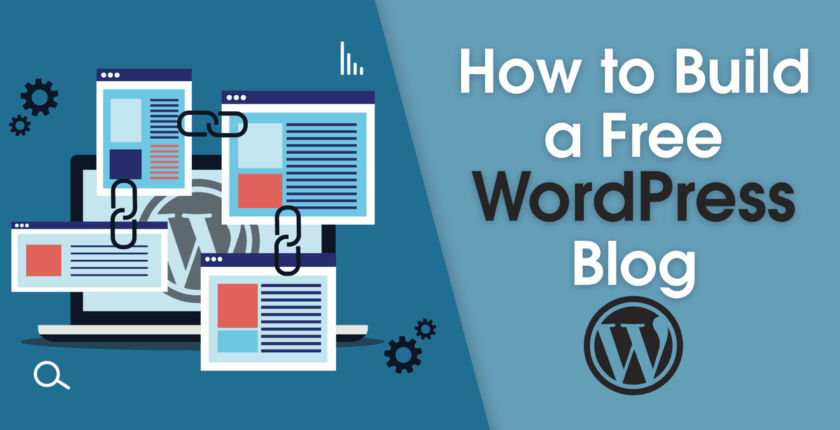In the ever-expanding digital world, blogging has become one of the most powerful ways to share ideas, build an audience, and even create a career. Whether you’re a hobbyist, a business owner, or an aspiring writer, WordPress stands out as one of the best platforms for starting and growing your blog.
In this article, we’ll walk through why WordPress is the go-to choice for bloggers, how to set up your blog, and tips for making it successful.
Why Choose WordPress?
WordPress powers over 40% of all websites on the internet, and for good reason. Here’s why bloggers love it:
- User-Friendly: You don’t need to know coding or web development. The interface is intuitive and easy to learn.
- Highly Customizable: With thousands of free and premium themes and plugins, you can design your blog exactly how you want.
- Scalable: Whether you’re starting with a simple personal blog or planning to grow into a media company, WordPress can scale with you.
- SEO-Friendly: WordPress has built-in features and plugins like Yoast SEO that help your content get found on search engines.
- Strong Community Support: With millions of users and developers, it’s easy to find help, tutorials, and advice when you need it.
Setting Up Your WordPress Blog
1. Choose Between WordPress.com and WordPress.org
- WordPress.com offers a hosted solution that’s simple to set up but limits your customization unless you pay for higher plans.
- WordPress.org is self-hosted. You’ll need a hosting provider, but it gives you full control over your site.
Most serious bloggers go with WordPress.org for the flexibility and freedom it offers.
2. Pick a Domain and Hosting Provider
Your domain name (like yourblog.com) is your blog’s address on the internet. Choose something short, memorable, and related to your topic.
Reliable hosting providers like Bluehost, SiteGround, or WP Engine offer one-click WordPress installations, making the setup quick and easy.
3. Install WordPress
Once you choose a hosting provider, they usually offer an automatic WordPress install feature. Just a few clicks, and your blog is live!
4. Select a Theme
Themes control how your blog looks. WordPress offers thousands of free themes, or you can invest in a premium theme for more design options and support. Look for themes that are:
- Mobile-friendly
- Easy to customize
- Optimized for speed
5. Install Essential Plugins
Plugins add functionality to your blog. A few must-haves include:
- Yoast SEO (for search engine optimization)
- Akismet (for spam protection)
- Jetpack (for security and performance)
- WPForms (for creating contact forms)
6. Start Creating Content
Focus on writing valuable, engaging posts that serve your audience. Good blog posts typically:
- Have a clear purpose
- Use compelling headlines
- Include images or videos
- End with a call-to-action (like asking readers to comment or share)
Tips for Growing Your Blog
- Post Regularly: Create a consistent posting schedule (e.g., once a week).
- Promote on Social Media: Share your posts on platforms like Twitter, Instagram, Pinterest, or LinkedIn to reach a wider audience.
- Engage with Readers: Reply to comments, ask for feedback, and build a community around your blog.
- Learn Basic SEO: Optimize your posts so they rank better on Google and attract more organic traffic.
- Keep Improving: Blogging is a long-term game. Continuously learn new strategies, update old posts, and refine your writing skills.
Final Thoughts
Blogging with WordPress is one of the most rewarding creative outlets you can pursue. With a bit of patience and consistency, you can build a blog that not only shares your voice with the world but also opens up exciting opportunities.
If you’ve been thinking about starting a blog, there’s no better time than now. WordPress makes it easy—all you have to do is take the first step.
Would you like me to also create a shorter version or maybe a checklist for setting up a WordPress blog? 🚀
4o
